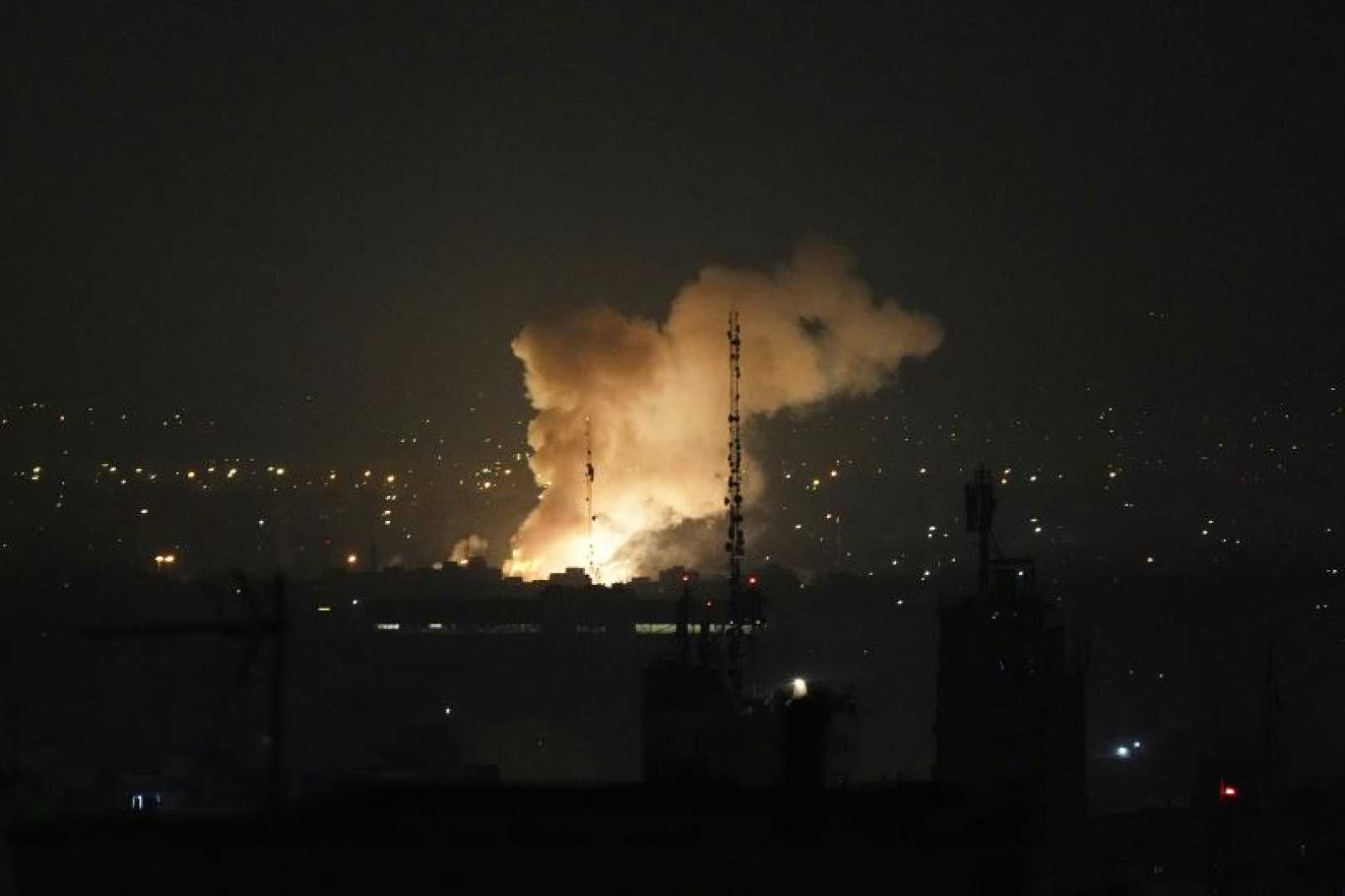Business
Oil Prices Surge Amid Israel-Iran Conflict Escalation

Hong Kong, China – Oil prices surged nearly 7% Friday after Israel launched airstrikes targeting Iran‘s nuclear facilities, marking a significant escalation in regional tensions. Brent crude oil rose to about $74.23 a barrel, its highest level since January.
Amid fears of potential disruptions to oil supplies from the Middle East, the price of crude significantly affected global markets. Analysts reported that if Iran’s oil production and export facilities were attacked, prices could spike to $80-$100 per barrel.
Investors in the United States also reacted sharply. The Dow Jones Industrial Average fell 1.79%, while the S&P 500 dropped 1.13%. Flight stocks suffered as concerns grew over rising fuel costs. Airlines such as United and American Airlines saw their shares decline by 4.4% and 4.9%, respectively.
Gold prices increased by 1.2%, reaching approximately $3,423.30 an ounce, as investors moved towards safe-haven assets. Saul Kavonic, head of energy research at MST Financial, noted that the market will need to assess how the conflict continues to unfold in the coming days. “We are seeing an initial reaction, but the real focus will be on possible escalations in the conflict,” Kavonic stated.
In a televised address, Israeli Prime Minister Benjamin Netanyahu confirmed that the military operations would continue until Iran’s nuclear threat was neutralized. He emphasized the seriousness of the national security threat posed by Iran’s nuclear ambitions.
The conflict has led to heightened volatility in the oil market. Both regional and global players are now closely monitoring the situation, particularly the potential for disruptions in shipping through the strategically vital Strait of Hormuz.
As tensions escalate, OPEC dismissed suggestions that surging oil prices necessitated the release of emergency reserves, stating that current supply conditions did not warrant such actions. Analysts predict that any substantial increase in oil prices could reignite inflationary pressures and complicate monetary policies moving forward.












